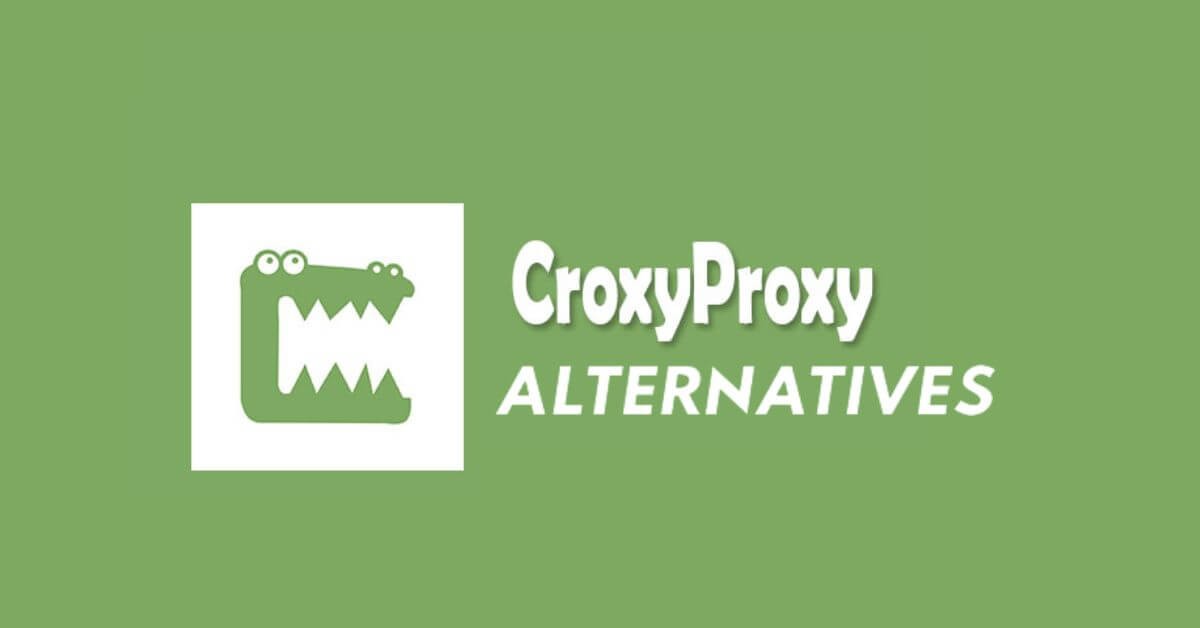The number and type of consumer IoT devices have increased in recent years, permeating various aspects of modern life, from smart homes to wearable gadgets. This burgeoning industry shows no signs of slowing down, with projections indicating continued growth and innovation. As we navigate this landscape of connected devices, it becomes increasingly apparent that ensuring their security, interoperability, reliability, and cost-effectiveness are crucial to their successful launch and adoption.
Cybersecurity: The Main Priority
Unfortunately, a corresponding surge in cybersecurity threats has accompanied the exponential rise in consumer IoT devices. These devices, constantly interconnected and accessible via the Internet, present prime targets for malicious actors due to their inherent vulnerabilities. Some potential risks consumers face when utilizing IoT devices are unauthorized access, data breaches, and remote device manipulation.
To address these challenges, robust cybersecurity measures must be embedded into the very fabric of consumer IoT devices. Adopting a “security by design” approach ensures that security considerations are integrated from the outset of the product development lifecycle. Essential standards and guidelines, such as the European Telecommunications Standards Institute’s ETSI EN 303 645 and legislative acts like the UK’s PSTI Act, provide vital frameworks for enhancing the security and privacy of networked devices.
Moreover, collaboration with organizations such as the National Institute of Standards and Technology (NIST) further strengthens efforts to bolster consumer IoT cybersecurity. By adhering to established best practices and standards, manufacturers can mitigate the risks posed by cyber threats and instill confidence in consumers regarding possible consumer IoT security issues.
Interoperability
Interoperability is critical in the consumer IoT ecosystem, facilitating seamless communication and collaboration among disparate devices and systems. With IoT deployments comprising products from various manufacturers, standardization becomes paramount to ensure interoperability and compatibility across platforms.
Adherence to defined protocols and standards enables interconnected devices to communicate effortlessly with one another, enhancing the overall user experience and utility. Fragmentation within IoT ecosystems can hinder usability and impede realizing IoT’s full potential. Therefore, efforts to establish interoperability standards and promote cross-vendor collaboration are essential to drive innovation and foster the widespread adoption of these technologies.
Reliability

Reliability is a fundamental aspect of consumer IoT devices. Thorough testing for both performance and reliability is essential to mitigate the risk of failure and ensure consistent, dependable operation in real-world scenarios.
Performance issues, such as slow responsiveness or system crashes, can undermine user satisfaction and erode trust in consumer IoT devices. By prioritizing reliability testing and quality assurance measures, manufacturers can deliver interconnected devices that meet the rigorous demands of modern-day users and withstand the challenges of an interconnected environment.
Cost of Implementation
While the potential benefits of consumer IoT adoption are substantial, it is essential to consider the associated costs of implementing and maintaining IoT solutions. These costs include hardware procurement, software development, installation, integration, and ongoing maintenance.
However, the upfront investment in consumer IoT technology must be viewed through the lens of long-term value and return on investment. As new technologies mature, economies of scale and technological advancements are expected to drive down costs and improve cost-effectiveness. By carefully evaluating the costs and benefits of consumer IoT implementation, organizations can make informed decisions and capitalize on the transformative potential of IoT technologies.
Summary
Launching a consumer IoT device entails navigating a complex landscape of cybersecurity threats, interoperability challenges, reliability concerns, and cost considerations. By prioritizing security, adhering to interoperability standards, ensuring reliability, and carefully managing implementation costs, manufacturers can position themselves for success in the competitive market.
Independent cybersecurity testing laboratories, like CClab, offer comprehensive support to businesses through diverse assistance. These include preparation, consultancy, and assessment services for standards such as ETSI 303 645, RED cybersecurity compliance, and UK PSTI.
Collaboration with industry stakeholders, adherence to established standards and best practices, and a commitment to continuous improvement are essential for launching secure, reliable, cost-effective consumer IoT devices.










